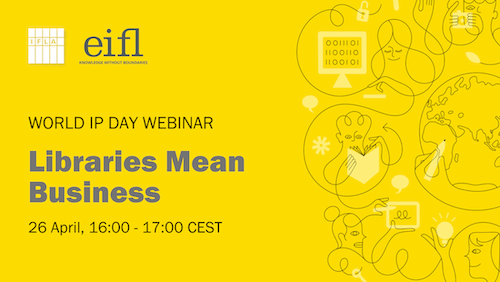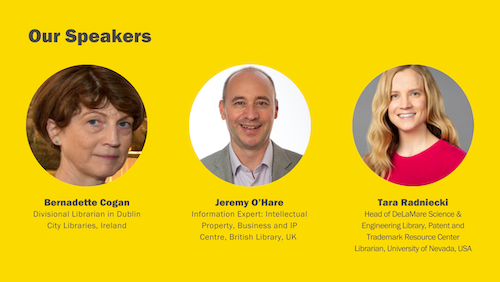As highlighted in the first part of this blog, the United Nations 2030 Agenda represents a new approach to overall development policy.
That set out how the Agenda focuses on the full range of policy areas and countries (rather than a subset of each), and the interconnections between them. This stands in contrast to the Millennium Development Goals that ran from 2000 to 2015, underlining how every part of government, in every part of the world, has a responsibility to act. This of course includes copyright policy-makers.
In addition to this broader policy and geographical focus, the 2030 Agenda also emphasises the importance of cross-cutting principles in policy-making. Two examples of these are the importance of sustainability itself, and on the right of everyone to be able to fulfil their potential.
This second part therefore focuses on how these principles can apply in the making of copyright policy.
Sustainability: acting now, without prejudicing the future
At the heart of the idea of sustainability is the notion that the way we live today should not compromise the way we live tomorrow. It is most readily applied to the environmental field, where excessive use of resources now risks meaning that future generations live in a poorer, more polluted world.
Similar ideas apply in the economic and social fields. Economic expansion can be unsustainable, while allowing inequalities to deepen causes rifts which threaten social cohesion, as well as being associated with lost capacity to produce overall.
How does this apply to copyright? One side of the argument is that it is the protection that copyright provides that enables future creativity to take place. Without it, investments cannot be recouped, and new projects cannot be launched. When a company produces (publishes) a wider range of materials, the greater success of one (a bestseller) may help compensate for the fact that others will do less well.
At the same time, there is also the fact that the future health of the creative industries depends on there being a literate population, interested and engaged in buying what they have to offer. This, comes from having a strong education system with teachers well placed to develop skills among students, as well as institutions such as libraries which can instil a love of books and reading.
Similarly, the possibility to produce innovation tomorrow depends on students and researchers being able to access knowledge and work together today. This is particularly the case in countries currently experiencing lower levels of development, often accompanied by low literacy and innovation outputs.
Copyright reforms can support this all, freeing up teachers to use materials more freely, and enabling libraries to support them, as well as researchers, effectively.
As such, it is important, when developing copyright policies – including at WIPO – to ensure that the generation of additional revenues in order to recoup financial investments in creative content does not reduce the investment in the future represented by education and research.
The capabilities approach: delivering on the right to access information
Another concept close to the heart of the 2030 Agenda is that of the right of every individual to the capabilities necessary for development. Based on the thinking of Amartya Sen and Martha Nussbaum, this looks at whether people have the means to realise their own well-being, rather than simply having rights but no means of acting on them.
Arguably, part of this is the possibility for everyone to access the information that they need to improve their own situation, be it to gain new knowledge or skills, for health, or in order to innovate.
Schools, research institutions, libraries, archives, and museums have a key role here, turning the broad right of access to information into something actionable. Libraries indeed often have a mandate to serve everyone, providing possibilities for all, regardless of wealth, social status or other characteristics.
For example, libraries and schools which are enabled under copyright to carry out their work will be better able to serve their communities, including at distance. In turn, members of communities are better placed to take decisions, on their own behalf and on behalf of those around them.
While this access may not always be as simple as making a direct purchase of a book or other resource, it does help to ensure that no-one need be excluded from learning or research for want of money.
Crucially, for policy-makers, the challenge is to ensure that decisions taken around copyright law do not lead to doors being closed for individuals to access the information that can help them achieve their own well-being.
These two blogs have looked, from two different angles, at how the UN 2030 Agenda can feed into the way discussions about copyright, and in particular exceptions and limitations, are approached at WIPO.
As the first underlined, the breadth of the Sustainable Development Goals, and the interconnections between them, mean that not only do copyright policy-makers have a duty to act, but in doing so, they need to consider consequences on progress across the Agenda.
The second explored how cross-cutting ideas behind the Goals – in particular of sustainability itself, and the capabilities approach – are also relevant to the way we design copyright policies.
Both, hopefully, offer a fresh perspective on why balance matters in copyright, and what we need to bear in mind when working out what this looks like.

